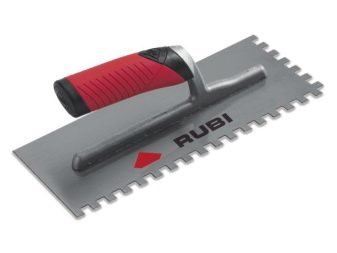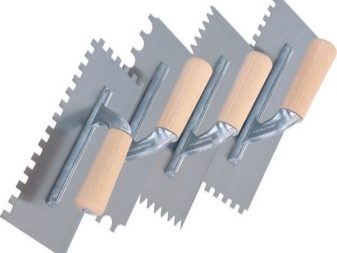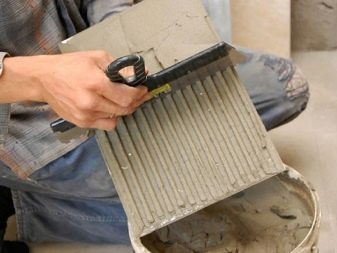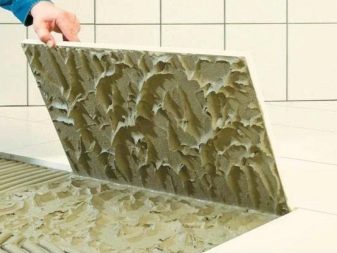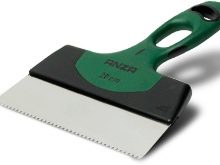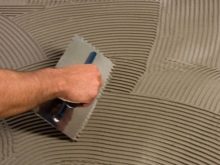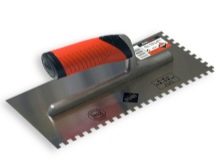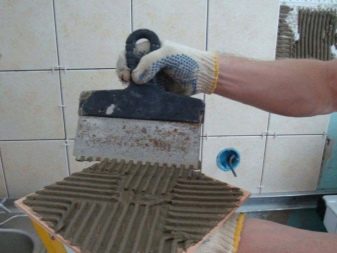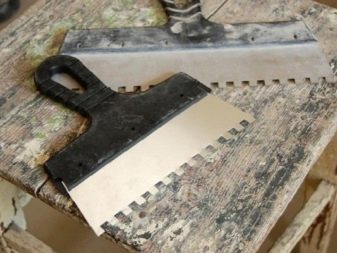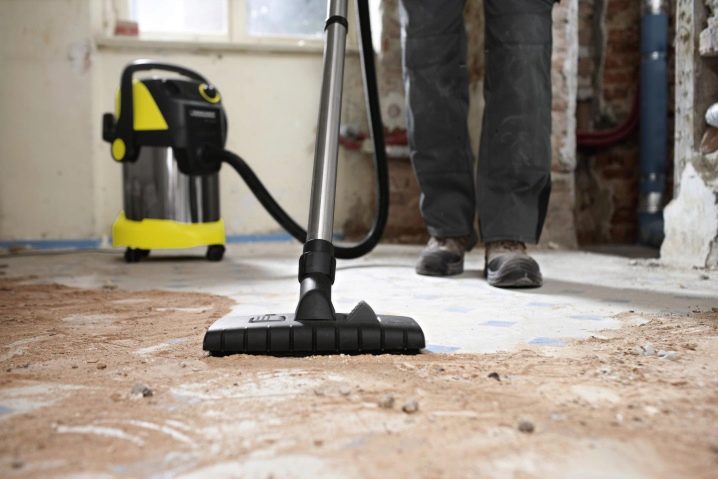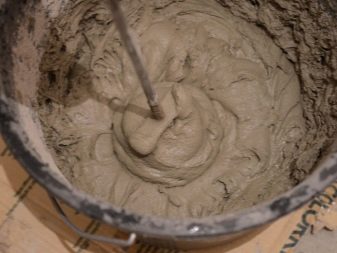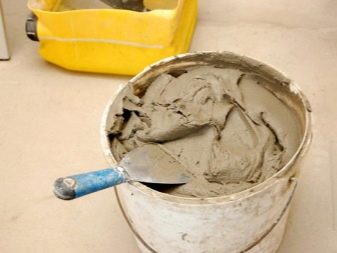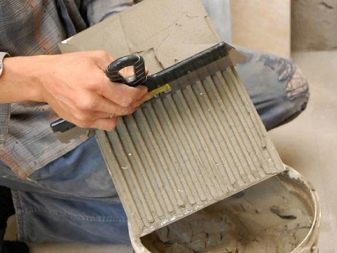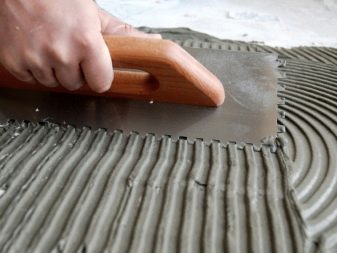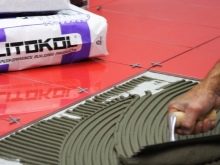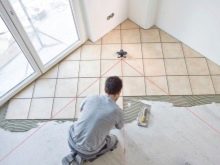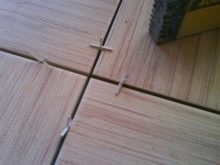How to choose a tile comb?
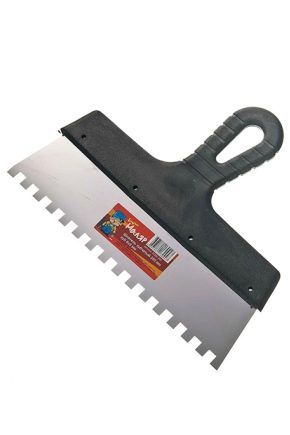
If you decide to decorate the floor with beautiful tiles, then you will need a comb. Simply put, you will need a trowel to work, but not simple, but notched. High-quality tile is a durable material that will delight you with its ideal appearance for more than one year, so the installation itself is very important, so that the finish does not deform or become unstuck over time.
Species
Renovation in such areas as a bathroom, kitchen or balcony is rarely done, so it is important to carefully consider the choice of material for decoration. Changing the tile annually (as we change the wallpaper) will not work, so everything needs to be done qualitatively and reliably.
Many people believe that a notched trowel or comb is not the most important elements in the facing work, that glue can be applied with ordinary tools, because there is no fundamental difference in this.But here it is possible to argue, since the quality of the work performed will be very different. Experts recommend not to skimp and choose the right tool.
Combs differ in the shapes and materials of which they are made.
- As a rule, a high-quality tool is made of stainless steel, so that it does not deform during work, does not deteriorate over time, and also allows you to apply the composition to the tile itself.
- It is very often possible to meet the tool from plastic. Of course, it costs several times cheaper, but also fails very quickly. After a small amount of work, you will notice that the teeth on it are simply not enough, since they are very quickly erased. In addition, such a tool can easily break in the middle of the workflow.
In addition, such devices differ not only in material, but also in the shape and presence of the handle. There are instances, the handle of which is fixed directly on the working surface, which is very convenient. Professionals note that working with such a tool is easier and better.
What to look for when choosing?
Combs for laying tiles are different.So what should you look for when buying so that the tool does not let you down while working?
In order to be able to lay tiles qualitatively, it is necessary to take into account the size of the tool and the shape of its teeth:
- The product with square teeth is usually used to apply the mixture from 5 to 10 mm thick.
- Semicircular teeths are perfect for working with mixtures that have a synthetic composition. In addition, they can be used for better distribution of glue. With a tool with semicircular teeth it is best to apply the composition with a thickness of more than 12 mm.
- In stores there are specimens with triangular teeth. Such type of a comb perfectly will be suitable for work with very liquid mixes. It can also be used if it is necessary to apply a layer of no more than 5 mm. Due to its triangular shape, this type of tool perfectly distributes the liquid mixture over the surface.
- There are also universal spatulas on sale, which are suitable both for laying standard tiles and for mosaics, so before paying attention to the shape of the teeth and choosing the right tool, you should know exactly the dimensions and thickness of the tile you intend to use for finishing.
- Consider one more important fact: the width of the tool itself must correspond to the width of the tile or be slightly larger, otherwise installation problems will arise.
- It is important to pay attention to the size of the teeth. If this parameter is less than a millimeter (0.6-1.2 mm), then this option is perfect for applying a very thin layer of the mixture.
- Size 0.3 mm is ideal for working with mosaics.
- For installation of various kinds of ceramics need a size of 0.4 mm.
- The teeth of 6 mm in size will perfectly help with the installation of more dimensional tiles, wall installation.
- For mounting a large floor tile (which is more than 12 mm thick) you need a comb with teeth at least 10 mm.
Often, several different tools are required for repair, as the owners plan to install tiles on the wall and on the floor. At the same time material happens a different format and thickness.
If you choose a tool exclusively for applying glue, be sure to read the instructions on the package. As a rule, manufacturers give clear recommendations on the selection of construction equipment. The size of the comb and its features will necessarily be indicated on the packaging, which will facilitate the selection process.
Before choosing one or another instrument, be sure to hold it in your hands to make sure that it is comfortable and that the handle is comfortable and held securely. Professionals prefer lacquered holders - they are practical, do not slip, do not leave splinters.
Another important point to consider is the price. In fact, the high cost is not a guarantee of high quality, so pay attention not to the cost, but to the quality of the goods.
How to use?
If you have already chosen a tile, glue and even the necessary tool, then it's time to learn about the intricacies of applying the mixture.
Before you begin the installation itself, you need to prepare everything. The surface must be ready for use. The covering of the wall or floor should be completely cleaned of small and large debris, dust particles and other defects, otherwise it puts a perfect laying.
In addition, if the base needs to be leveled, then this must be taken care of in advance, since tiles must be laid exclusively on a flat surface.
Next you need to prepare the glue itself. If it is a dry mixture, then dilute it, taking into account all the recommendations that are indicated by the manufacturers on the package.Be sure to ensure that there are no lumps, otherwise this composition will spoil the quality of installation, and the tile will not last as long as you would like.
Apply a small amount of the mixture to the back side of the tile, then gently (using a tool) evenly distribute the adhesive over the entire surface of the substrate.
After that, hold the comb on the base. This should be done with a little pressure, so that stripes and zigzags will be formed on the surface. This is necessary in order for a better adhesion of materials to occur, so that the tile will more firmly hold onto the wall or floor. Excess glue, which usually remains on the tool, can be put back into the container with the total weight.
After these actions, using a special working tool, gently apply the mixture to the surface of the wall or floor, evenly distribute, and then gently press the tile. Until the finish has not been strengthened to the end, you can correct the evenness of installation. As soon as you have pressed the tile to the base, you need to tap on it with a special rubber mallet, which will help to evenly distribute the adhesive and strengthen the product.
For information on how to choose a comb for tile laying, see the next video.
